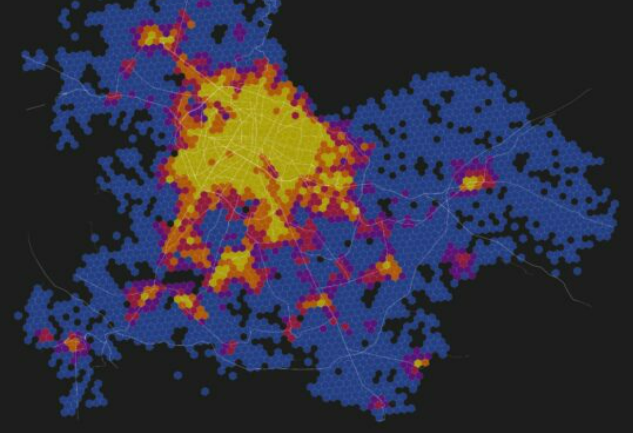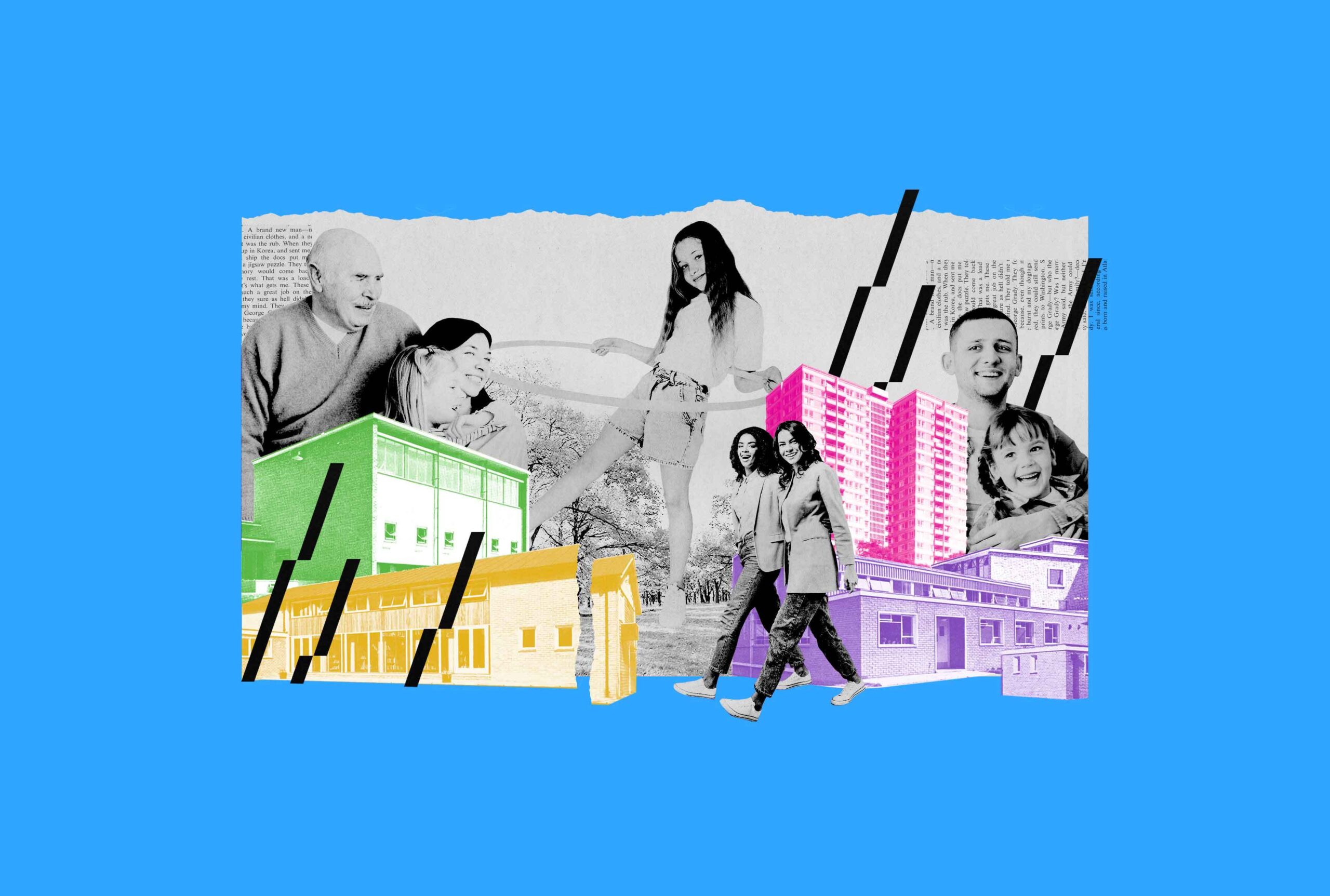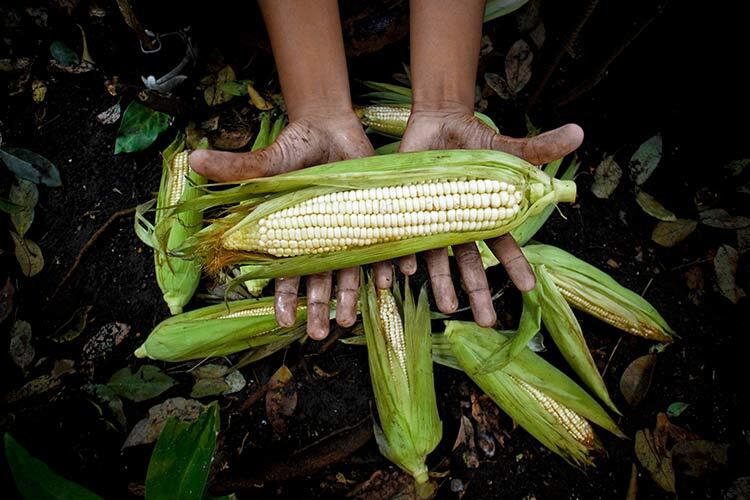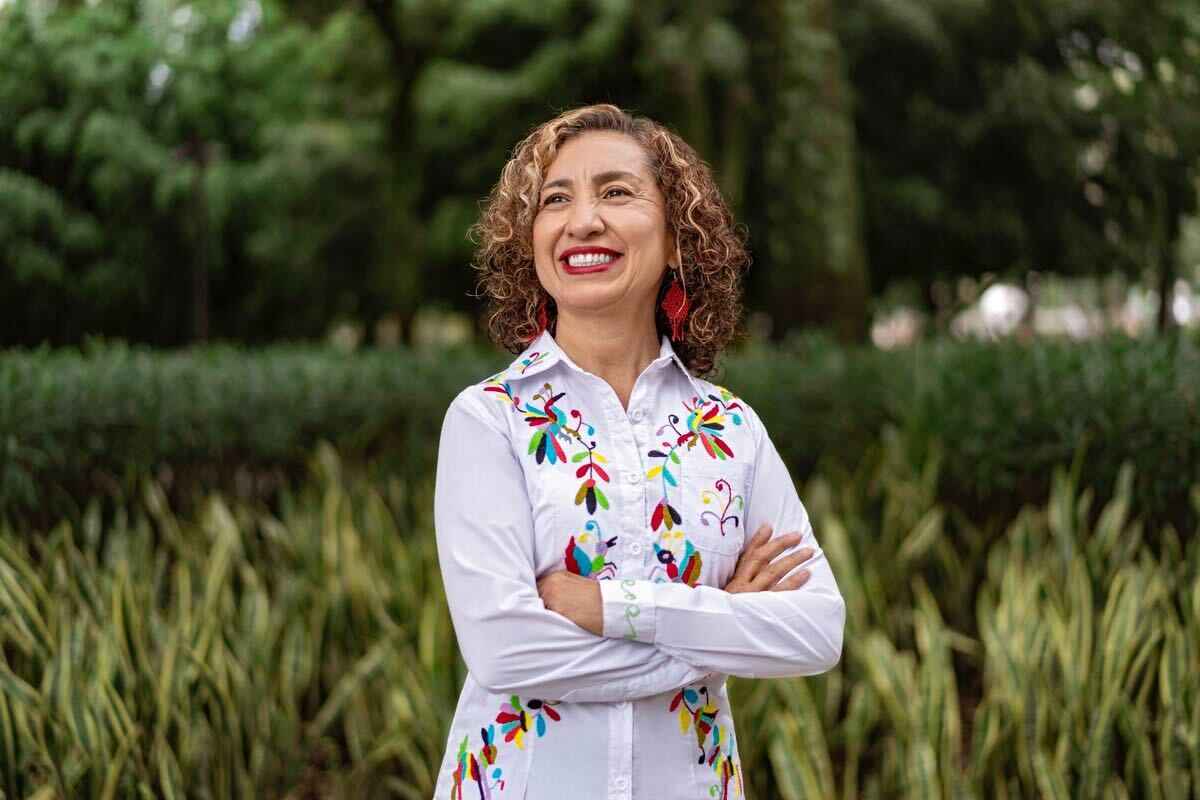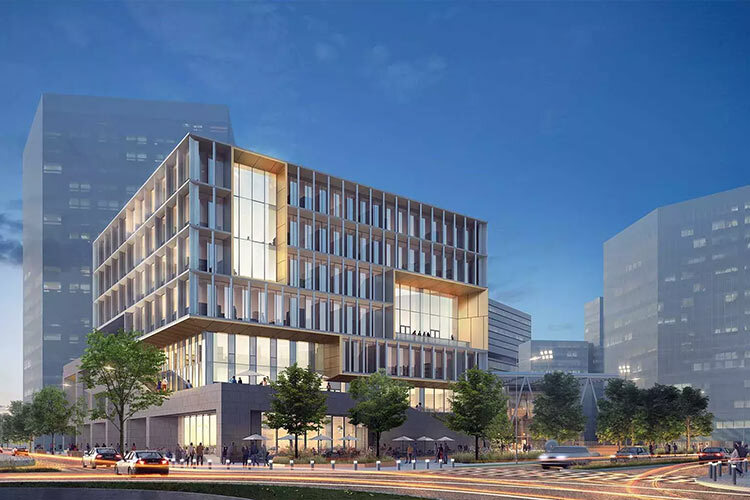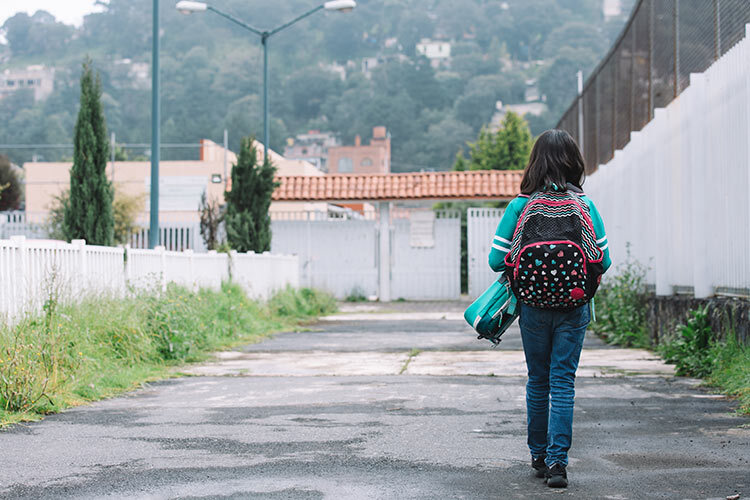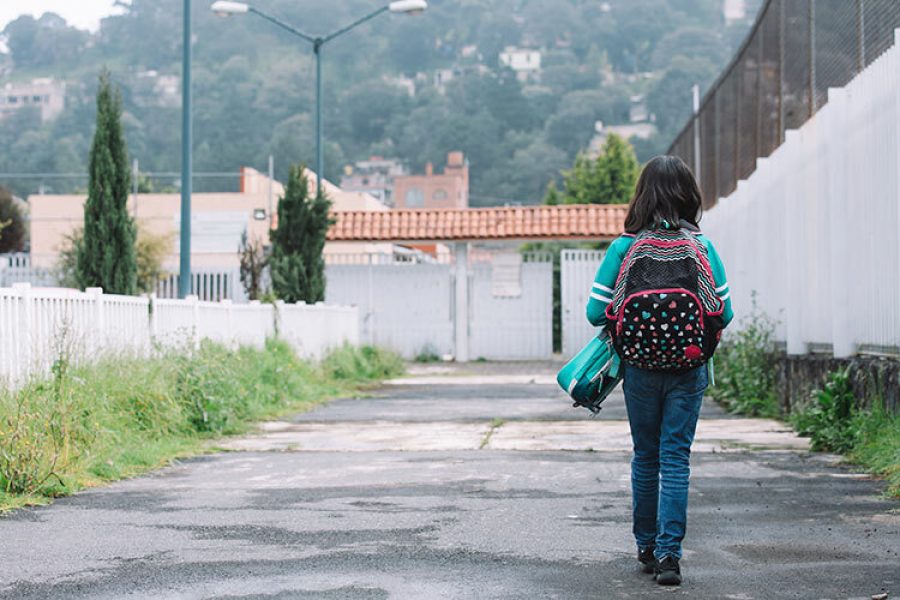Sixteen years ago, Aleksandra Krstikj left Skopje, her hometown in North Macedonia, and she never imagined she would end up in Mexico, dedicating her life to solving the question of whether architecture can contribute to achieving equity.
For her, the most important thing is to guarantee sustainability for the future of humanity by using natural resources efficiently and responsibly. Additionally, she is passionate about being one of the voices that demands livable cities for everyone.
She attended the University of Skopje, the largest in her home country, where she studied Architecture.
After that, to continue with her professionalization, life led her to inhabit cities that were very different from each other. She first went to Kyoto, a Japanese city –large and organized– where she completed a master’s degree in Architecture and a doctorate in Urban Design.
Then, she arrived in Mexico City, a chaotic monster, and finally ended up in the State of Mexico, a nearby state with many similarities.
Residing in so many places made her a polyglot; she speaks Macedonian, English, Japanese and Spanish. Currently, she is a research professor at the School of Architecture, Art and Design (EAAD), at the State of Mexico Campus of Tec de Monterrey.

From Macedonia to Mexico
When she arrived in Mexico, she found a place with delicious food and people that received her with open arms. Hand in hand with her colleagues, she has learned that in research it’s good to be disruptive and do crazy things.
What brought you to Mexico and Tec de Monterrey?
Before arriving, I earned a scholarship to do my master’s and doctorate at Kyoto University, Japan. There I met my husband, who is Mexican.
When we graduated, we were in love and he invited me to live in Mexico
We arrived in 2014 and, at first, I did not know the work context at all, but I shortly after I discovered the Mexico City Campus (CCM) of Tec and soon I was teaching there.
What did you think Mexico was going to be like and how do you perceive it now that you live here?
I always had a very nice image of Mexico because Skopje had a very big earthquake in 1963. I wasn’t born yet, but my mother was a girl and one of the first aid planes that arrived was a Mexican one.
Although we had no idea that I was going to end up living here, my mother always told me that she loved the country because it was the first light that came after such a big disaster.
The idea I had of it was of friendship, warmth, open arms and, since I arrived here, I have had an experience that proves this.
Defying Architecture Standards
In Japan, she focused on researching the conservation of historic centers, because the country’s urban expansion was drastically reduced and culturally significant places had to be maintained.
In Mexico, on the other hand, Aleksandra realized how constant development brings sustainability and resource use problems, causing droughts, increased pollution and poor food distribution.
What is your research about?
My focus here is sustainable development in the peripheries of the city.
I am very interested in the issue of access to services, parks, fresh food and schools in peri-urban areas.
I am also interested in the vulnerability linked to urban expansion.
Why do you consider your research to be important for society in general and for Mexican society specifically?
Because it addresses the efficient use of resources, which is crucial for all countries due to the climate crisis we face.
In terms of the country, the issue of equity is also added, it is transversal to all my research.
When I arrived here, it pained me to see the injustices that exist and I that is why I am keen on ensuring that the most vulnerable populations, such as children, seniors, women and others have access to services.
Why did you decide to become a researcher?
When I studied architecture they taught me all these rules and standards, but I always wanted to understand why.
“Why?” is a question that never leaves my mind.
Do you think architecture standards should be questioned?
Yes, take the bathroom as an example. It has to have specific dimensions, but when you do a little research you realize that the body it was modeled for is that of a tall European man.
This standards are something that I always criticize and my goal is to find how to improve the way we build and design, but to propose something new you have to understand where these rules, customs or habits come from.
Architecture and Urban Planning at Tec de Monterrey
What’s it like to be a researcher at Tec?
I feel supported and free to experiment, play and be disruptive. In fact, at EAAD they provoke you: our dean tells us that he wants to see our crazy ideas.
I believe that there are not many universities that have this freedom. In Japan, for example, I saw a much stricter structure.
I believe that because of that freedom, Tec is a leading university in creativity.
Is there a project that excites you?
I recently won funding from Volvo’s Walking to School in Latin America.
For the project, we are collaborating with a university in Medellín, the School of Administration, Finance and Institute of Technology (EAFIT), to see how to support children being able to walk to school, especially those who go to primary school and live nearby, but for reasons of safety, pollution and infrastructure have to arrive by car or accompanied by an adult.
In Love with Mexico
What do you miss about Macedonia?
First, my family. They are very far away, so I can’t go very often. I also miss my friends and the opportunity to go outside and encounter them spontaneously.
Skopje is still a small city, so during the afternoons you can walk out of your house and on every corner you’ll find a cafe or small restaurant. People take over the streets, specially in the afternoon.
Here, since the city is so big, I have to plan everything, the meetings, the parties; it’s impossible to have these random encounters.
Mexicans also work a lot, there is this prejudice that they don’t, but it is quite the opposite. In Macedonia you work until 4 and then you don’t find anyone at the office.
Would you like to return to live there at some point?
No. I’ve fallen in love with Mexico. When your son is from Mexico, you are from Mexico.

